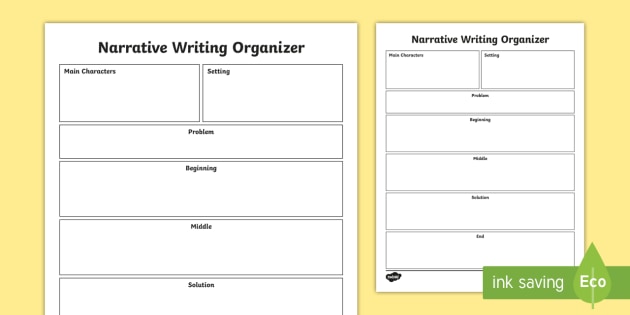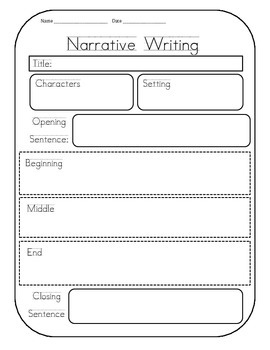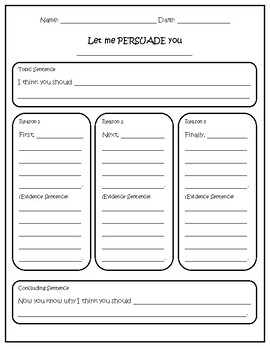
Some of the organizers allow for the information to be written or drawn, opening the activity up to younger grades. The organizer gives the child another way to see the information. For the most part, the information on a graphic organizer could just as easily be filled in on a form or written as a list. By using generic (non prompt-specific) writing graphic organizers, the students are using the same organizer over and.

Some organizers are very specific others can be used with many topics. Using generic graphic organizers that focus on the genre (versus the prompt or topic) will help the students understand and remember the genres of writing and what aspects of each genre are effective and interesting to readers.

Enjoy!Ī graphic organizer (aka a map OR word web) is usually a one-page form with blank areas for the student to fill in with related ideas and information. Interesting, and perhaps unexpected, finds on this page include organizers drawn as a mouth with six teeth (that can be used as a topic organizer), a hand with (obviously) five fingers, and, for a fun change, a coat of arms that can be used for a wide array of exercises! The KWL/KWHL printables aid with lesson comprehension and information acquisition. If you are looking for KWL charts, or variations thereof, this is the place to find them. Pyramid charts and tree diagrams are best for demonstrating hierarchical relationships or for breaking down topics into their less important component parts.

The topic organizers (ranging from 3-8 topics) can be used for brainstorming and organizing everything from creative writing, to essays, to character development for stories. Kids love being able to visualize new materials. Graphic organizers are an essential tool for teachers to use in the classroom especially for reading, writing, and understanding concepts.


 0 kommentar(er)
0 kommentar(er)
